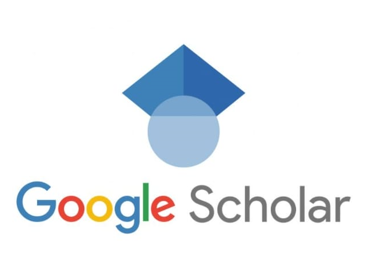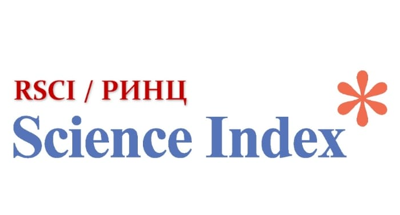Потенциал Корнелла в столкновительной кварк-глюонной плазме
Просмотры: 338 / Загрузок PDF: 395
DOI:
https://doi.org/10.32523/2616-6836-2023-142-1-16-25Ключевые слова:
кварк-глюонная плазма, кварконий, эффективный потенциал, диэлектрическая функция, динамическое экранирование, столкновительная КГПАннотация
В экспериментальных исследованиях кварк-глюонной плазмы на ускорителях важную роль играют чармоний и боттомоний, так как их начало диссоциация является одним из немногих признаков фазового перехода в горячей и сверхплотной среде. Эти частицы представляют собой связанные состояния тяжелых кварка и антикварка очарованного и прелестного аромата, соответственно. Одним из хорошо изученных методов исследования считаются феноменологические модели, где взаимодействие между кварками описываются потенциалами по типу Корнелла, а также его модификациями. В данной статье исследуется влияние движения чармония и боттомония в среде на потенциал с помощью динамического экранирования. Для экранирования используется диэлектрическая функция кильваторного поля по аналогии электродинамики обычной плазмы, в виду схожести описания, характерной только для данных связанных состояний. Данная диэлектрическая функция получена из столкновительной плазмы, основанной на уравнении Больцмана с оператором столкновения Бхатнагара-Гросса-Крука. Вследствие этого уравнение описывает среду как разряженный газ с парными столкновениями между частицами. Эффективные потенциалы между кварками в данной среде строятся с помощью метода хаотических фаз. Были получены потенциалы в зависимости от относительного движения связных состояний в среде и частоты столкновения встречных частиц. Графически показаны характерные изменения потенциала по направлению движения частиц, в зависимости от величины этих параметров.









